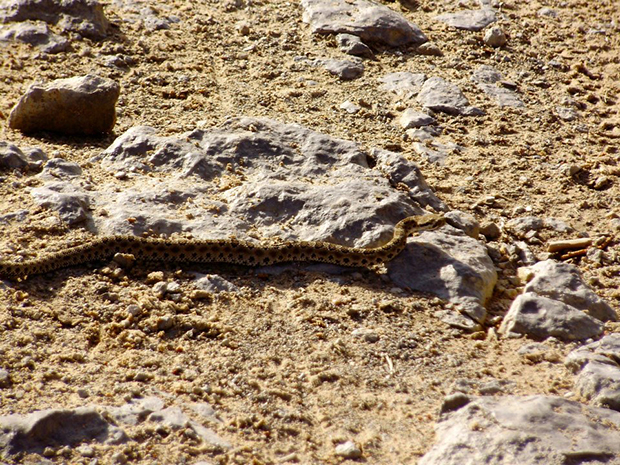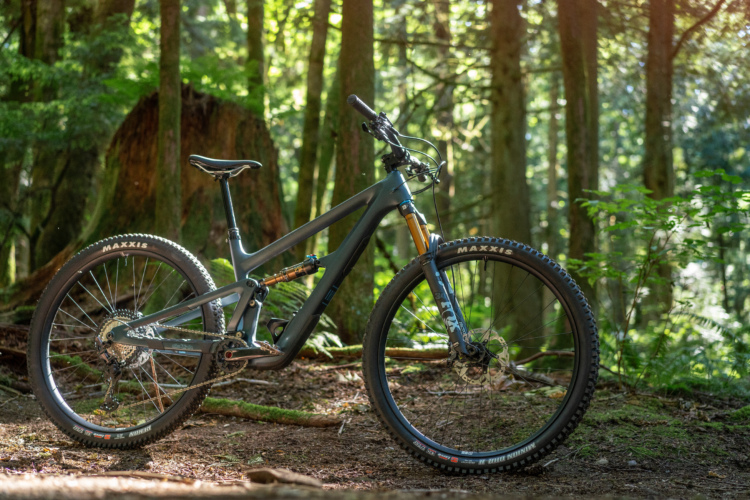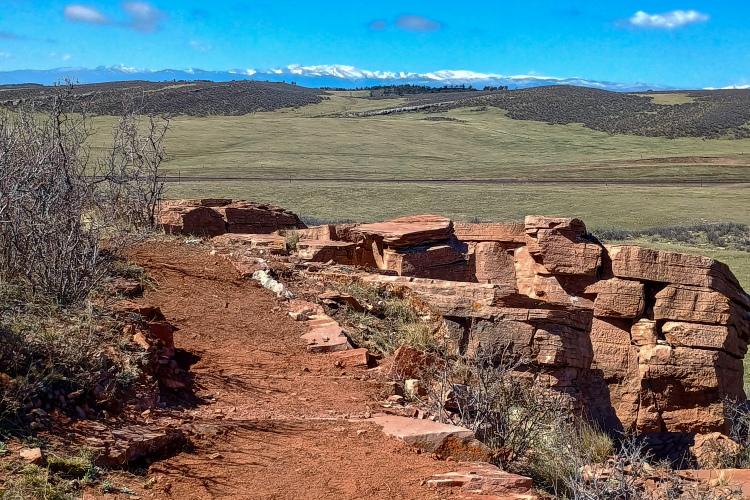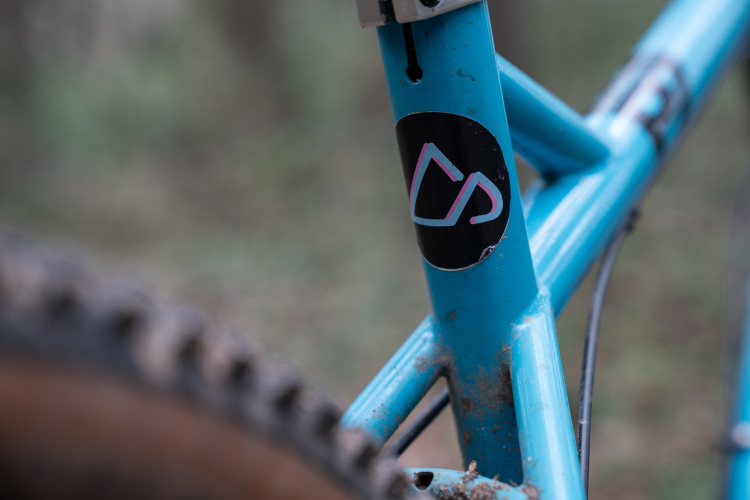
So yesterday I didn’t get a chance to post on the blog and it was the first time in months, if not years, that we missed a weekday post. I left the house early yesterday morning intending to post in the afternoon after my ride at the IMBA Epic Bull Mountain trails but barely made it back after getting severely exhausted and dehydrated. Here are a few lessons I learned (and re-learned) during my ordeal.
Avoiding Dehydration, Heat Stress, and Exhaustion
1. Don’t ride alone, especially when you’re tackling a challenging route. Riding alone is never a good idea but it’s even worse when you’re heading to a remote trail system. In 4.5 hours on the trail I didn’t see a single person and if I had collapsed it would have been a long time before anyone found me. I did let mudhunny know where I was going ahead of time so at least the rescuers would know where to start looking for me. Still, riding for hours at Bull Mountain alone was stupid.
2. Do your homework before hitting the trail. I had a vague idea about which trails I wanted to ride but I didn’t research all of them ahead of time. The book I brought with me was published 12 years ago – clearly out of date – and I didn’t even know how far I’d be riding by stringing several loops together.
3. Bring plenty of water – then bring some more. I filled my 100 oz. Camelbak for the ride and honestly at the beginning I wanted to pour some out because the thing was so heavy. I ran out of water around mile 16 which was a really bad feeling, especially since I knew I was miles away from my car. If you can’t carry all the water you need, plan your route with water stops in mind (convenience stores, spigots, or even loop back to your car for a refill).
While we’re on the subject of water, here’s a survival tip I learned in the Boy Scouts: don’t conserve. It turns out that plenty of people have been found dead due to dehydration with water still in their canteens. Drink all your water until it’s gone and you have a better chance of making it home.
4. Know your limits. This is a tough one to admit but clearly I didn’t understand my own fitness limitations yesterday. I rode 22 miles with about 3,500 feet of climbing which would have been a cinch when I was training for my metric century but clearly I’m not in that kind of shape at this point. Add in the hot and humid weather and I really wasn’t prepared for such a long ride.
5. Know your equipment. Fortunately I didn’t have any mechanical issues yesterday but I was riding an unfamiliar bike which may have contributed to my exhaustion. Make sure you get a few “check rides” in on a new bike before heading out on an epic adventure so you know what to expect in terms of comfort, weight, performance, etc.
What To Do When You’re In Trouble
Even if you do follow all these tips you may still find yourself in a dangerous situation on the trail, whether it be due to heat stress, dehydration, exhaustion – or all three. Here are a few ways I’ve found to cope.
1. Stay calm. A positive mental attitude is the most important thing to bring with you. Tell yourself that you’re going to make it and you will. Sing a song, repeat a mantra – whatever it takes to keep yourself focused and moving forward.
2. Conserve your energy at the first signs of exhaustion. Taking the climbs easy will help you regulate your body temperature while coasting the downhills will result in a nice breeze. Drink water frequently if you still have some left to help with leg cramps. Stop to rest in shady spots so you can push through exposed areas.
3. Change your riding position frequently. Hop off the bike and walk a bit to stretch your back; straddle your top tube while coasting to stretch your thighs; adjust your Camelbak shoulder straps tightly on climbs and loosen them on descents to take strain off your shoulders.
4. Back track if possible. When you’re tired the last thing you want to do is get lost so try to return the way you came, especially if it’s the shortest route back. Also a GPS can help you find a shortcut or at least keep you on the right track. I got lucky yesterday and took a wrong turn that ended up saving me a couple miles on the return trip – but I won’t count on that happening again!
5. Drink whatever you can. Back in high school I had a friend who became severely dehydrated on a bike ride, so much so that he was delirious and barely able to walk. None of us had any water to offer and with miles to go to the car we filled our friend’s water bottle from a nearby creek. The water revived him enough to get back safely – though several hours later he got sick from the water. Fortunately by then he was in the hospital where they were able to treat him for dehydration and his stomach problems. If we hadn’t given him any water who knows if he would have made it to the hospital at all…
It started raining toward the end of my ride yesterday and I was able to catch a few drops in my mouth that really kept me going. Those few drops probably didn’t hydrate me much but the relief from dry mouth was a big psychological boost.
Bottom Line
Fortunately my story has a happy ending and I made it back without requiring medical intervention but it could have easily ended badly. Let’s all try to be safe on the mountain bike trail this summer…











6 Comments
Jul 30, 2009
Jul 31, 2009
Bull Mountain MTB Video
Aug 1, 2009
Jul 29, 2009
Jul 30, 2009
I've recently bought a camel bak havok and have an extra water bladder that will fit in it so that I have extra water for rides like this.
Jul 29, 2009